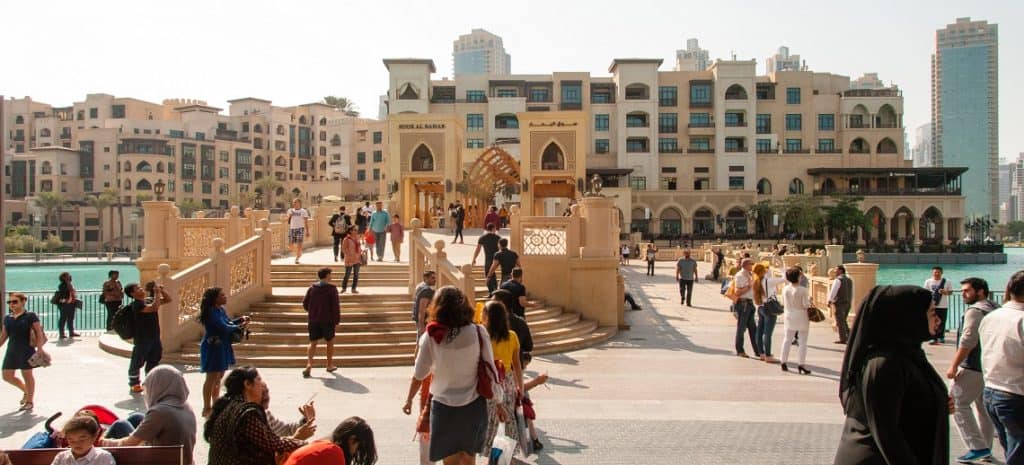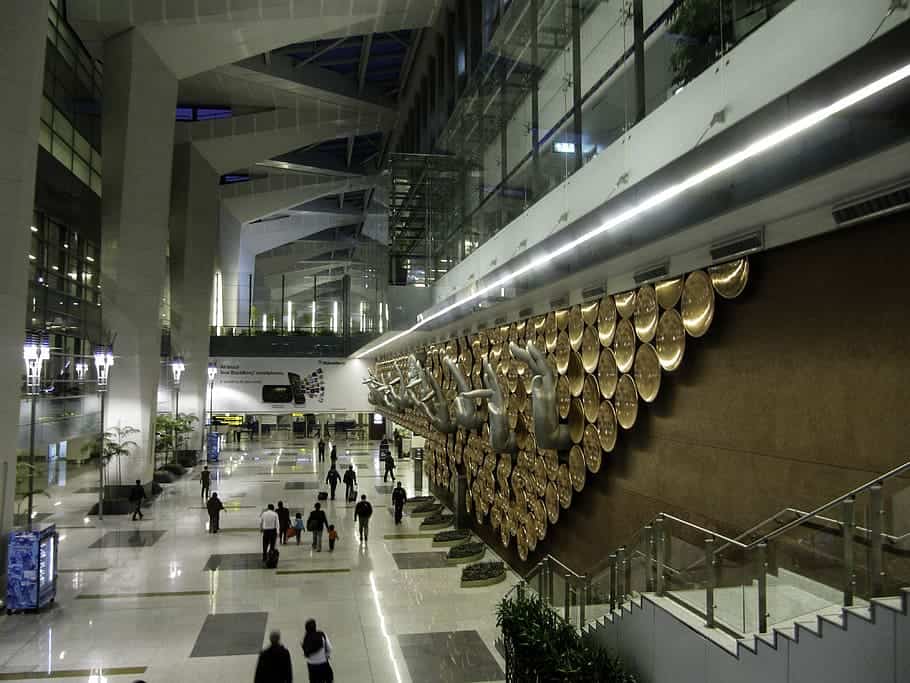A Research Travel Health Index highlights that India leads the way in Asia Pacific’s post-pandemic tourism revival.

This study allows the industry to better understand the growth of travel around the world, including in Asia Pacific (APAC). The report offers real-time insights into the state of travel recovery across 22 countries.
The report has been put forward by Criteo, a commerce media company, that partnered with Skift Research, to launch the Skift Travel Health Index which highlights the following insights:
Indian Travelers Remain Optimistic About Travel Spending Despite Economic Slowdown
Indian travellers are optimistic about the economic conditions in the country, with 60% of respondents stating that the economic slowdown will not impact their travel spending plans. This is in contrast to 50% of the respondents from other countries like the US, UK, and Australia who believe that the economic conditions will worsen, and their company has already started to scale down business travel.

India is the Frontrunner in Asia Pacific’s Rebound
India leads the way in tourism rebound among Asia Pacific countries, with 86% of Indian travellers showing confidence in travel plans for the year, according to Booking.com. The recovery has been fueled by the major population share of Generation Z and Millennials, who are the most eager to travel.
Indian Travelers Expect Surge in Business and Leisure Travel Spending
According to a report, Indian travellers are optimistic about their travel spending, with 94% expecting an increase in business travel spending in 2023 compared to 2019, and 74% of respondents anticipating an increase in personal spending on leisure travel this year.
Strong rebound in Hotel and Aviation industry

The report emphasizes that the Indian aviation industry has shown promising growth, with domestic travel surpassing pre-pandemic levels in early 2022, and international travel following suit by the second half of 2022, performing even better than 2019 levels. As of the first quarter of 2023, both domestic and international travel demand remains strong. In terms of hotels, the hotel published rates in India have significantly increased by an average of 35-40% compared to 2019 levels over the past year.
The Indian travel industry has become a prominent player in the Asia Pacific region, filling the void left by the absence of Chinese tourists and contributing to the industry’s overall growth. As a result, international hotel chains, such as Marriott, and other brands are showing interest in expanding their properties across the country, generating positive outlooks for the Indian travel industry’s future.
Methodology
Skift Research’s methodology extensively analyzes the travel industry by collecting and analyzing data from 22 partners, tracking 84 indicators per country. The Index categorizes indicators into performance categories and sub-categories, focusing on four travel sectors: aviation, hotel, vacation rentals, and car rental. 22 major tourism economies are assessed, representing a significant proportion of global tourism receipts, outbound tourism expenditure, and GDP. These economies include Argentina, Australia, Brazil, Canada, China, France, Germany, Hong Kong-China, India, Indonesia, Italy, Japan, Mexico, Russia, Singapore, South Africa, Spain, Thailand, Turkey, the U.S., United Arab Emirates, and the United Kingdom.
About the research
The Skift Travel Health Index is a real-time measure of the performance of the travel industry at large, and the core verticals within it. The Index provides the travel industry with a powerful tool for strategic planning, which is of utmost importance as times remain uncertain. Skift Research launched the Index in May 2020 as the Skift Recovery Index and has rebranded it at the start of 2022 as the Skift Travel Health Index, to reflect some far-ranging changes: the addition of many more indicators, additional data partners, and most importantly, our continued effort to track the industry health beyond the impact of the Covid 19 pandemic.
Read more: News



